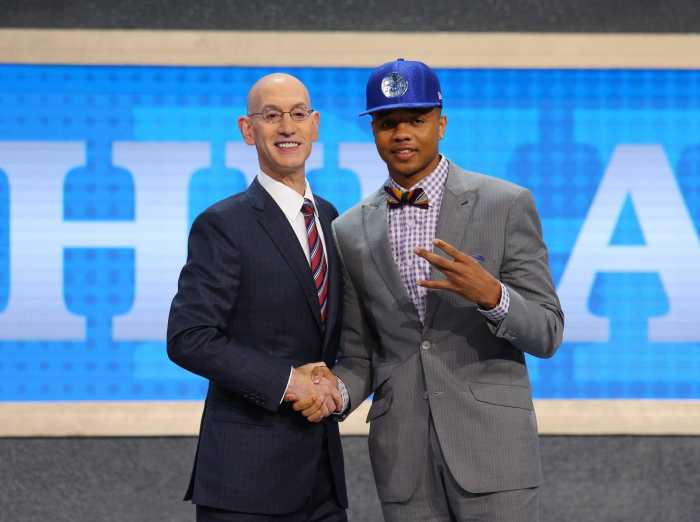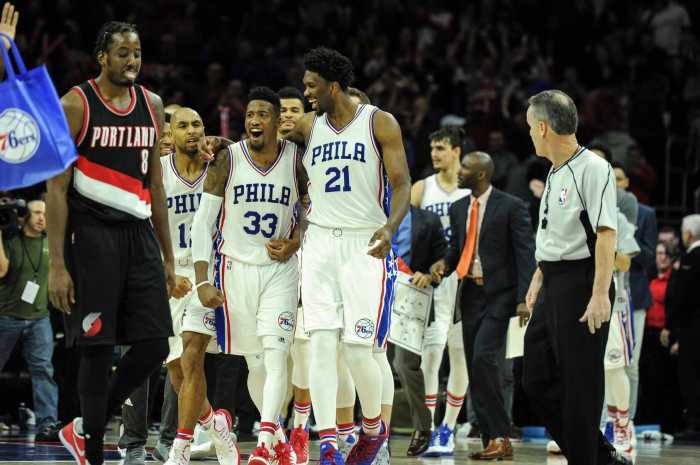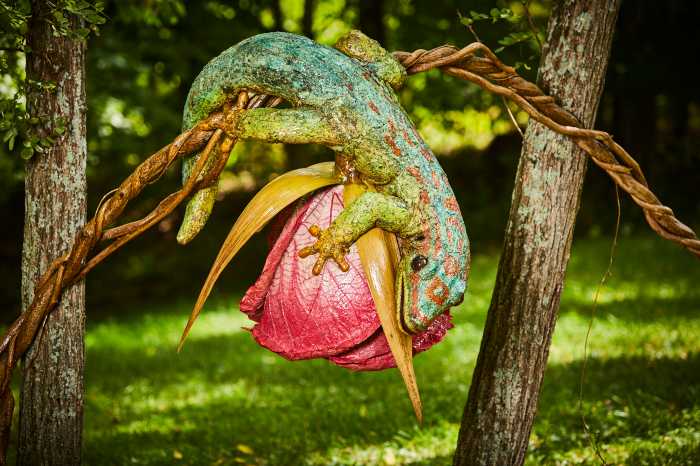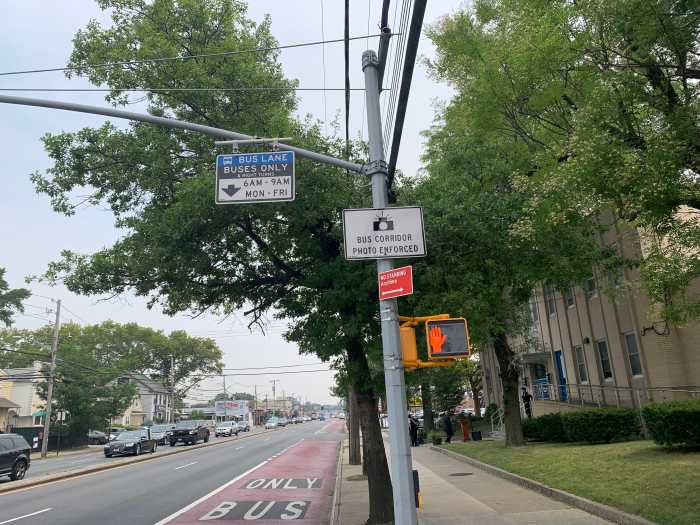With the 2021 NBA Draft less than a month away, the Sixers hold two picks in this year’s draft. Who could the team target?
The Sixers currently own their own first-round pick, at 28th overall, and the 50th pick from the New York Knicks. What the team ends up doing with either pick is another story, but it’s no secret the Sixers need to address the bench unit. Philadelphia ran multiple full bench lineups, or lineups consisting of four bench players and one starter throughout the season, and it hurt them astronomically in the playoffs.
During the playoffs, the Sixers’ worst two lineups were either all bench or had one starter in it (the lone starter was Tobias Harris), according to NBA Advanced Stats. Both of those lineups had a net rating worse than -70.0. The team’s third most used lineup these playoffs was Milton, Hill, Thybulle, Harris, and Howard; it had a net rating of -15.6. This lineup played seven games together for a total of 34 minutes together.
Two of the Sixers’ biggest needs have been scoring off the bench and a backup stretch four/small ball five. There are a handful of potential prospects in this year’s draft that can fill either of those roles at the 28th overall pick.
Chris Duarte
The Oregon wing, Chris Duarte, stands at 6-foot-6. In his senior season, he averaged 17.1 points while shooting 53.2 percent from the floor and 42.4 percent from beyond the arc.
Duarte’s shooting and length make him an NBA-ready prospect. He moves off the ball well especially coming off screens. When plays break down, he is good at relocating beyond the arc for an open three. The Oregon senior is always ready in catch-and-shoot situations and is not afraid to pull the trigger. Because of his ability from range, he can use his pump fake to let defenders go by him. He then either dribble side steps or will attack the rim.
Chris Duarte can handle the ball a little bit too, and he is effective in the pick-n-roll. Teams cannot go under the screens on him because of his range. When defenders go over the screener, he likes to attack the rim. Duarte is not afraid of contact at the rim either, and he does a nice job of hanging in the air after contact as well.
The Oregon wing is effective in the midrange game as well. He can make difficult shots over defenders because of his length and quick release. One of Duarte’s go-to moves for separation is his stepback; he creates just enough separation for him to make tough shots.
Duarte doesn’t have a great first step and will need help from his teammates early on in his scoring career. Early on in his career, he will most likely be used in a Danny Green-type role on offense. Duarte will most likely find most of his shots from catch-and-shoot threes from kick-outs or swinging the ball around to the open man.
Defensively Duarte is good at swiping at the ball on drivers from help defense. He reads passing lanes well and is aggressive in reading those lanes. Good teams can punish his aggressiveness with off-ball screens on him as well as backdoor cuts.
Duarte excels in his off-ball defense and reads best from the weak side. He has enough bounce to be a good weak-side rim protector for his size. His 6-foot-6 frame can be difficult for some smaller guards. Duarte was often beaten inside by bigger wings and big men; he was pushed around inside easily when switched on bigger opponents. He will need to get stronger, so he doesn’t get punished on switches on bigger players.
Chris Duarte is not the perfect prospect, but no player at 28 will be. Right now, Duarte is projected in the 20s of this July’s draft by most draft experts. With the focus this offseason is improving the Sixers offense, Duarte makes a ton of sense because he can fit on any team with his shooting ability.
Jeremiah Robinson-Earl
The Villanova star does not wow anyone on the offensive end, but he does the little things right that coaches will love. In his Sophomore season, Jeremiah Robinson-Earl averaged 15.7 points, 8.5 rebounds, and 2.2 assists per game. On 57.4 percent shooting from the field and 28.0 percent from deep.
Robinson-Earl’s is a very good decision-maker on the offensive end. In Villanova’s three games in the NCAA Tournament, Robinson-Earl was asked to become the team’s lead initiator. The forward more than doubled his assists up to 4.67 per game in the tournament. Robinson-Earl makes the correct reads; here, he finds the shooter relocating to the corner for an open three.
Robinson-Earl is not the scorer the Sixers are looking for off the bench, but he can add points here and there. The 6-foot-9, 230 pound forward won’t bully bigger defenders inside, but his incredible footwork will help beat bigger defenders.
Robinson-Earl was not an elite shooter by any means; his three-point shooting dipped nearly five percent from the three point-line in his sophomore year. Robinson-Earl did shoot 20 more threes last season, which does prove he’s not afraid to shoot the ball. He will most likely be a corner specialist, where he can slide to on pick-n-pops or just drift out on kick-outs. Robinson-Earl showed off his corner three potential at the NBA Combine last month.
Robinson-Earl’s high basketball IQ and defensive versatility put him in the borderline first-round contention. He can play in a switch everything scheme and understands when to switch. He has good footwork on NBA-level guards and is able to stay in front of them.
Where he lacks on the defensive end is his rim-protecting. He can be paired with Joel Embiid because of his shooting potential, and Embiid will be able to rim protect on the other end. Robinson-Earl at the small ball five lineups will lack rim-protecting, but it would give Ben Simmons more room to operate in the paint.
This lineup can still let the Sixers have shooters on the perimeter with more size inside. It would allow Ben to still defend on the perimeter as well rather than guarding the center.
Robinson-Earl is a streaky shooter, and he will have to develop his shot in order to crack a Sixers rotation. His lack of a perimeter shot could drop him past the 28th pick and into the second round.
Josh Christopher
The Arizona State combo guard is the least experienced out of the three players highlighted. Christopher hasn’t played a meaningful game since a leg injury in February. In 15 games, Christopher averaged 14.3 points on 49.6 percent shooting and 30.2 percent from three. After his injury, he announced on Twitter that he will forgo the rest of his season to get ready for the NBA draft.
The leg injury doesn’t look like a concern during multiple scrimmages at the NBA Combine. He showed his explosion to the rim multiple times, getting by bigger defenders with his quick first step and attacking the rim when he sees space in front of him.
Christopher is good in the midrange from the pick-n-roll; he is able to put the defender on his back hip and rise up off the dribble over his defender. From the pick-n-roll, Christopher likes to use his floater, which is very effective. The Arizona State guard is comfortable weaving his way through bodies and can even hit tough acrobatic shots near the rim.
In transition, he is able to get his defender off balance with a hesitation crossover move before the easy finish inside. Christopher excels in the open court with the ball in his hands, and he continues to tighten his handle.
The 6-foot-5, 215-pound guard, has shown potential on the defensive end. He closes out well on shooters at times but sometimes is slow and lets the shooter take an uncontested three. He gambles too much at times on double teams from the weak side. His athleticism and quickness help him make up for some of his defensive gambles.
Christopher’s NBA body and quickness give him the tools to suffocate smaller guards. He has shown he has strong hands on the defensive end; he averaged 1.5 steals a game in Tempe, Arizona.
In order to fit with Joel Embiid and Ben Simmons, Christopher will need to become a better shooter and decision-maker. He often took some bad shots early in the shot clock in isolation, and he is not the best passer. He is only 19 years old and is still very raw. He has a ton of tools that should intrigue the Sixers at 28. Out of all three of the prospects highlighted, he has the widest range of where he could be drafted. After the NBA combine, his stock will continue to rise.






























